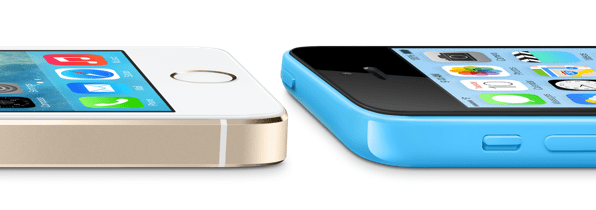Japanese carrier NTT Docomo has revealed that it experienced a record monthly drop in subscribers for September, which is somewhat surprising given that the company was the lone remaining major Japanese carrier without the iPhone on offer until the release of the iPhone 5s and 5c, also in September. The mobile operator blames the iPhone as the reason behind the dip, however, in a twist that shows that when it comes to iPhone, customers are looking for immediate satisfaction.
Docomo blamed a drop of 66,800 subscribers during September to limited stock of new iPhone devices, according to a report from Reuters in Tokyo today, which contrasts considerably with what rivals KDDI and SoftBank saw. Both of those carriers received net subscriber additions in September thanks to the new iPhone’s launch, something Docomo ascribes to them having plenty of iPhone hardware on hand to meet demand.
Despite this setback, Docomo will probably eventually see a net benefit from having the iPhone. Using the U.S. situation as an example, it took a long time for AT&T’s competitors to start to win back the subscribers they’d slowly shed to that U.S. carrier after it held the iPhone exclusive contract for years. Low stock out of the gate for Docomo vs. both KDDI and SoftBank suggests that perhaps the two existing players got preference as to early shipments, or it’s possible that Docomo underestimated demand for Apple’s iPhone and as a result put in low initial orders.
There’s a larger point to be made here about the iPhone and its effects on carrier fortunes: This is definitely a device that people are willing to jump fences for. The example here proves that customers weren’t willing to wait even so much as a few weeks to get their hands on the device on a network they’re already used to when it’s readily available elsewhere. Of course, the ultimate fear for mobile operators is that they become just another interchangeable dumb pipe, with the device driving buyer network decisions, and it looks like that could be exactly what’s happening in the Japanese market, at least.
